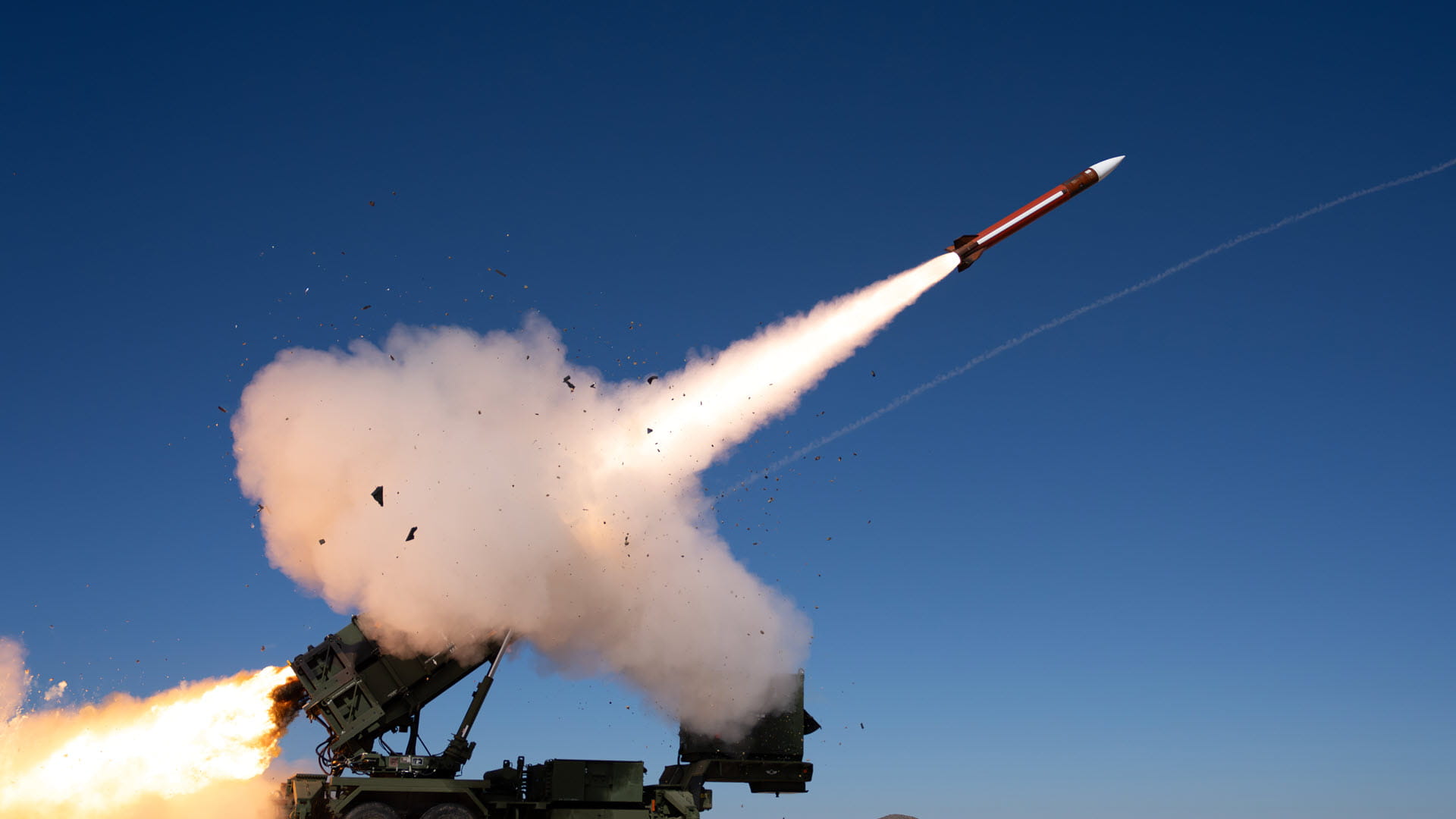Delivering systems faster, smarter
Digital engineering becomes military's acquisition standard
What used to take months, perhaps years, to design is now being achieved in a matter of weeks in many cases.
It’s all enabled through a concept known as digital engineering, a holistic approach to designing, developing and testing defense systems in virtual environments before any part hits the production line.
And engineers at Raytheon Intelligence & Space, a Raytheon Technologies business, are no strangers to digital engineering. In fact, it is now the standard for innovating and delivering systems faster and smarter to our armed forces.
Updating the acquisition process
Back in the “old days,” engineers used a waterfall process, where phases of the project progressed in a sequential manner toward the end like a waterfall.
Conventionally, the traditional acquisition engineering process is often stove piped. Each step in the cycle – design, testing, production, operations – is inundated with paper and documents that often lead to protracted cycle times.
Digital engineering flips that on its head. Now, all hands in the program can refer to an integrated repository of all the data, eliminating the convoluted paper trail. The data is linked together using digital threads, which connect all aspects of a system’s lifecycle from end to end.
That means various teams working on a program from finance to engineering can work from the same dataset concurrently, saving time and reducing duplication.
And that’s how a team of engineers started working on the Presidential National Voice Conferencing System, a secure conferencing capability for the president and the top combatant commanders during national crises.
Four years ago, a customer requested a system of systems-level gap assessment, which identifies issues between system components that don’t meet requirements.
Without digital engineering, it would have taken years to accomplish. With digital engineering, RI&S engineers built a model of the technical baseline and identified more than 100 gaps in six months.
“For PNVC, we’re seeing value because we built a digital engineering ecosystem that’s demonstrating higher efficiency and reduced cycle times in a lot of our work processes,” said Joe Campagna, RI&S systems engineering associate director, Communications and Airspace Management.
Fast-tracking innovation while shrinking cycle times
Digital engineering offers visibility into the entire picture of a system that enables engineers to trace back and see how all the parts in a system link throughout the entire lifecycle. It’s essentially a vast digital blueprint of how a system ties together in the grand scheme of things.
“Take a 3D model for instance, digital engineering allows the engineer to zoom in one part of the design,” said Michelle Moholt, RI&S COSMC architect for Trusted Mission Processing. “If you click on it, it’ll show all of its digital threads that can link all the way back to where that part’s requirements came from and why it is even in the system.”
Using that approach, Moholt’s team built the Common Open Secure Mission Computer, a platform-agnostic mission computer that can be used on any aircraft, fixed, rotary, unmanned or wide-body wing.
And since it’s all digital, engineers can leverage the architecture and digital thread, such as the linkages, decomposition and all the requirements. This drives down cost and time because engineers don’t have to reinvent the same architectures, requirements or source code from scratch over and over again – processes that could take months.
For a particular part of the platform, it normally takes three months to develop. The COSMC team accomplished it in a mere two weeks by leveraging their product family existing architecture.
“That’s the promise of digital engineering,” said Campagna. “It can drastically reduce cycle times. Shorter development, test and production lifecycles; higher reuse; and faster innovation will help us become more competitive.”
In addition, digital engineering enables engineers to quickly assess impacts to design choices.
“For example, if an engineer makes a change, they can see upfront in the model how it could impact sustainment or production downstream,” said Moholt. “So it’s enabling us to have a better, well-rounded product that’s cost effective.”
Even last-minute design changes can impact cost and schedule far into the future.
Now, thanks to digital engineering, engineers can try thousands of iterations in the digital world at a system or component level, exposing problems faster and finding opportunities to optimize systems from the get-go.
Using realistic modeling and simulation, customers can even do a test drive of interfaces, while engineers in tandem refine and improve in the virtual world all before the customer makes acquisition decisions to build anything in the real world.
“Digital engineering allows engineers to focus on the engineering,” said Campagna. “The real benefit is that it’ll allow us to be more competitive as a company and innovate faster and smarter to meet our customer commitments.”




